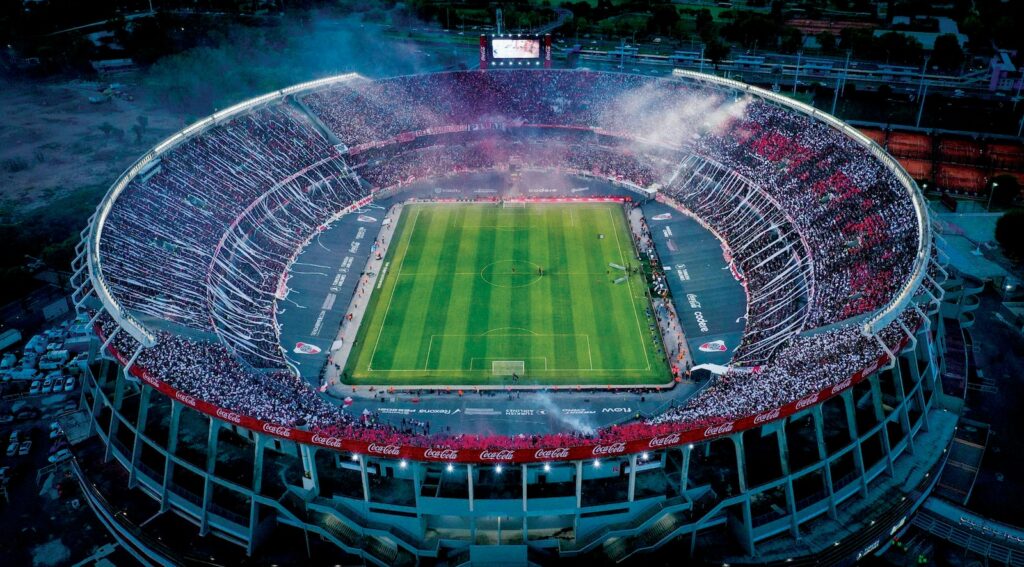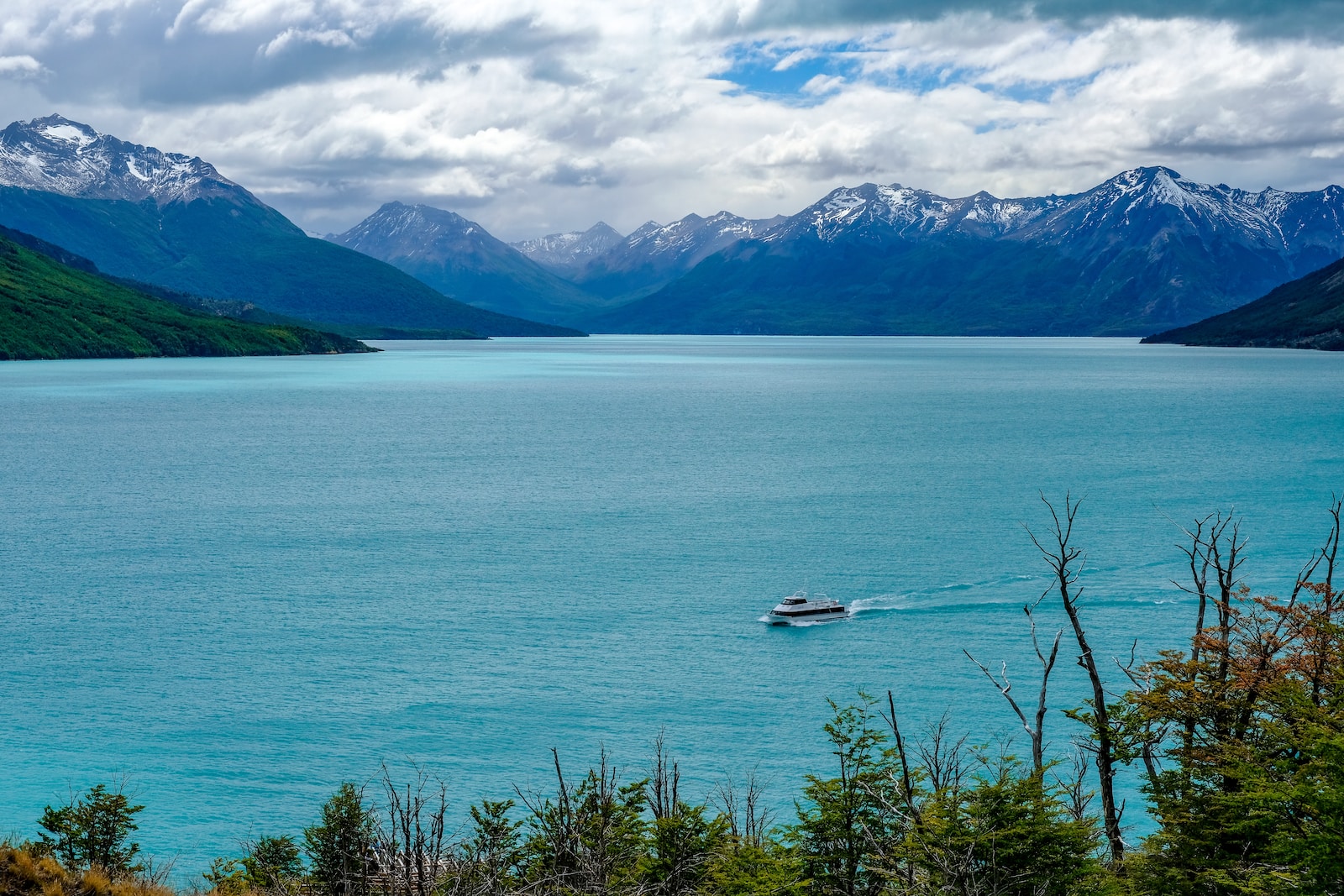52 Interesting and Fun Facts About Argentina

Argentina is a country rich in culture, history, and intrigue. From its tumultuous political past to its passion for soccer, Argentina offers plenty of fascinating facts for travelers and history buffs alike.
In this comprehensive guide, we’ll highlight 52 interesting and entertaining facts about Argentina. Whether you’re planning a trip to Argentina or simply want to learn more about this unique country, you’ll discover some insightful tidbits here.
History & Politics

- Argentina gets its name from the Latin word for silver. The Spanish conquerors who arrived in the 16th century received gifts of silver objects from the indigenous people. The country’s name derives from the Latin word “argentum” meaning silver.
- It had 5 presidents in 10 days during an economic crisis in 2001. Political and economic turmoil led to the resignation of President Fernando de la Rúa in 2001. Over the next 10 days, four more presidents briefly held office amidst widespread protests and instability.
- Eva Perón was the first woman on Argentina’s currency. Evita, the famous political figure and First Lady appeared on the 100 peso note in 2012 for the 60th anniversary of her death. This made her the first woman on Argentina’s banknotes.
- Its lengthy independence war lasted from 1810-1818. Argentina’s war for independence from Spain was fought over the course of 8 years before the country formally declared independence in 1816.
- The Falklands War was technically an undeclared war. The 1982 conflict between Argentina and the UK over the Falkland Islands involved both sides exchanging fire. However, neither country officially declared war.
- Argentina legalized same-sex marriage in 2010. It was the first country in Latin America and the second country in the Americas to allow same-sex marriage nationwide.
- There are no official limits on naming a child Messi. Despite rumors, there is no law banning parents from naming babies after the soccer star Lionel Messi in his hometown of Rosario.
Culture & People

- Tango originated in lower-class neighborhoods of Buenos Aires. The sultry dance first emerged in the dockside bars and brothels of Argentina’s capital in the late 19th century.
- The gaucho is the iconic cowboy of Argentina. Gauchos were nomadic horsemen who roamed the Pampas region in the 18th and 19th centuries, living by a code of honor and skill.
- Yerba maté is the national drink consumed daily. Argentines sip the caffeine-rich, herbal tea made from yerba mate leaves throughout the day from a shared gourd.
- Argentina has a 97% literacy rate. The country has one of the highest literacy rates in Latin America and the world. Education is free and compulsory through secondary school.
- Immigration transformed Argentina into a melting pot. Mass immigration from Europe in the late 19th and early 20th centuries added to the indigenous, African, and Spanish populations to create a diverse culture.
- Argentines are known for their Italian-infused Spanish. The Italian influence can be heard in the unique accent and vocabulary of Argentines, especially Porteños from Buenos Aires.
- Football is a national obsession. Argentines are famously passionate about soccer, and the country has produced legends like Diego Maradona and Lionel Messi.
Cuisine

- Argentine beef is world-famous. High-quality beef from grass-fed cattle is one of the country’s culinary claims to fame. Argentines have one of the world’s highest beef consumption rates per capita.
- The asado is a traditional barbecue gathering. Families and friends come together for asados featuring various types of meat grilled on a parrilla, along with wine, conversation, and laughter.
- Medialunas are a favorite breakfast pastry. These croissant-like pastries come in sweet and savory flavors, but Argentines most often enjoy them with their morning coffee.
- Locro is a traditional stew. This hearty stew with corn, beans, meat, and vegetables originated in northern Argentina and Bolivia. It’s especially popular on Argentina’s Independence Day.
- Argentines love dulce de leche. The rich, caramel-like milk sauce known as dulce de leche flavors everything from ice cream to cakes to crepes.
Sports & Recreation

- The official national sport is pato. This unique sport originated from gauchos on horseback playing a version of polo with a duck rather than a ball. While football is more popular, pato was declared the national sport in 1953.
- Argentina has won the soccer World Cup twice. The national obsession with football has translated to World Cup titles in 1978 and 1986. Argentina has also produced star players like Diego Maradona and Lionel Messi.
- The Dakar Rally has been held in Argentina. This grueling off-road endurance race started in Paris but spent several years being held across Argentina and Chile from 2009-2019.
- Argentina has over 400 football clubs. Even small towns are likely to have a local soccer club where community identity and passion for the sport thrive.
- Polo originated in Argentina. The modern sport of polo has its roots in a version played by gauchos in the mid-1800s. Argentina remains one of the top polo-playing nations today.
Wildlife & Nature

- Penguins populate the coasts. Magellanic, king, and gentoo penguins can be spotted on Argentina’s Atlantic and southern coasts. The largest Magellanic penguin colonies are found here.
- It’s home to the mighty Andes. Argentina shares the longest continental mountain range in the world along its border with Chile. The high peaks provide stunning scenery.
- Whale watching is popular in Argentina. Southern right whales and orcas are among the species visitors can see off the Valdes Peninsula and Patagonian coast from June to December.
- The Iberá Wetlands have diverse wildlife. This unique habitat is home to caiman, capybara, deer, monkeys, over 350 bird species, and other animals.
- Glaciers and ice fields stretch across Patagonia. The Southern Patagonian Ice Field feeds glaciers like the renowned Perito Moreno Glacier, providing breathtaking sights.
- The Yungas cloud forest is biologically diverse. This rare eco-region in northwest Argentina contains over 3000 plant species, 500 bird species, and 120 mammal species across its lush montane forests.
Geography & Landmarks

- It’s the 8th largest country in the world. Covering 1.1 million square miles, Argentina is the second-largest country in South America after Brazil and the eighth-largest country globally.
- Buenos Aires is the largest metropolitan area. Greater Buenos Aires is South America’s largest metropolitan area with around 15.6 million inhabitants. The capital is Argentina’s vibrant cultural hub.
- Argentina claims part of Antarctica. It has asserted sovereignty over a section of Antarctica called Argentine Antarctica since 1943, though the claim is disputed internationally.
- Ushuaia is the southernmost city in the world. Located on Tierra del Fuego island, this city known as “Fin del Mundo” (End of the World) is closer to Antarctica than it is to Argentina’s northern border.
- Laguna del Carbon is 105 meters below sea level. At -105 meters (-344 ft), this salt lake in Patagonia’s Santa Cruz province is the lowest elevation point in the Americas.
- Aconcagua is the highest peak outside Asia. At 6,961 meters (22,838 ft), Cerro Aconcagua is the highest mountain in both the Americas and the Southern Hemisphere.
Economy & Industry
- Argentina was once the world’s richest country. In the early 20th century, Argentina had one of the largest economies in the world, ahead of France and Germany with a higher GDP per capita than the U.S.
- Beef production is a major industry. With millions of cattle on the Pampas plains, Argentina is currently the world’s 5th largest beef exporter and 6th largest producer.
- It’s one of the largest wine producers. Argentina is the 5th largest wine producer globally. The Mendoza region yields renowned Malbec and other varietals.
- Lithium reserves fuel economic hopes. The “lithium triangle” spanning Argentina, Bolivia, and Chile holds over half the world’s lithium reserves, which Argentina aims to exploit for battery production.
- YPF is Argentina’s national oil company. It was the first state oil company in the world when created in 1922. YPF remains Argentina’s largest company engaging in oil and gas exploration and production.
Miscellaneous Facts
- Argentina pioneered fingerprinting in 1892. The first use of fingerprinting for identification purposes occurred when a woman’s bloody prints linked her to the murder of her children.
- Argentina’s film industry birthed tango films. The 1930s and 1940s saw Argentina produce tango films featuring famous dancers and orchestras. These popularized tango music and dance worldwide.
- The current Pope is Argentinian. Pope Francis, formerly Cardinal Jorge Mario Bergoglio, was Archbishop of Buenos Aires until becoming Pope in 2013. He is the first pope from the Americas.
- Argentina has 3 Nobel Prize winners. Physicists Carlos Saavedra Lamas and César Milstein, along with biochemist Luis Federico Leloir are Argentina’s Nobel laureates.
- The world’s first animated feature film came from Argentina. El Apóstol by Quirino Cristiani debuted in 1917 as the earliest animated feature film. Unfortunately, it was lost in a fire.
- Dinosaurs once thrived in Argentina. Many dinosaur fossil discoveries have been made in Patagonia, including enormous new titanosaur species that may be the largest ever found.
- Argentina’s first subway opened in 1913. The Subte metro system in Buenos Aires became the first subway system in Latin America, the Spanish-speaking world, and the Southern Hemisphere.
- The Argentinosaurus was potentially the largest dinosaur. This enormous titanosaur discovered in Argentina is thought to have weighed up to 110 tons and reached 115-130 feet in length.
- Locals have an Italian-influenced lexicon. From “chau” to “laburo”, the local vocabulary and slang used in Argentina come from Italian words and immigration influences.
- There are many Welsh speakers in Patagonia. A number of Welsh settlers migrated to Chubut province in Patagonia in the 1860s, where their Welsh traditions and language endure today.
- Mate has its own holiday. November 30th is National Mate Day in Argentina, celebrating the country’s beloved caffeinated drink.
Conclusion
From its checkered political history to its larger-than-life personalities like Evita and Maradona, Argentina has no shortage of intriguing facts and cultural treasures just waiting to be discovered.
These 52 tidbits only scratch the surface of what makes Argentina such a vibrant, complex, and memorable country. Whether it’s wandering the streets of Buenos Aires, eating mouthwatering steaks, or encountering majestic glaciers, Argentina is guaranteed to fascinate and captivate visitors with its one-of-a-kind appeal.
So next time you hear someone mention Argentina, you’ll have plenty of interesting facts to share about this dynamic country in South America!





